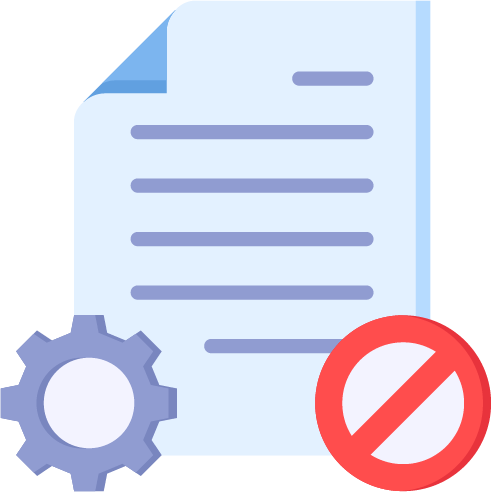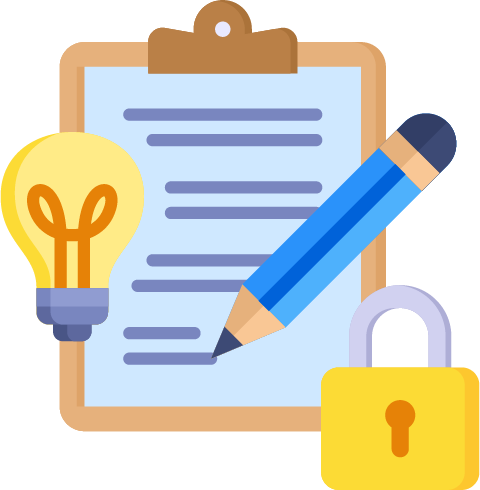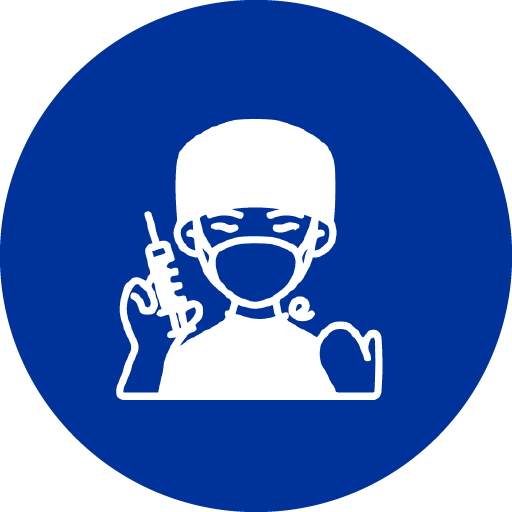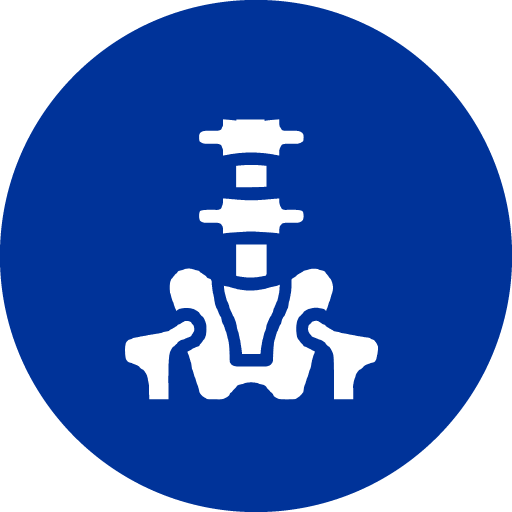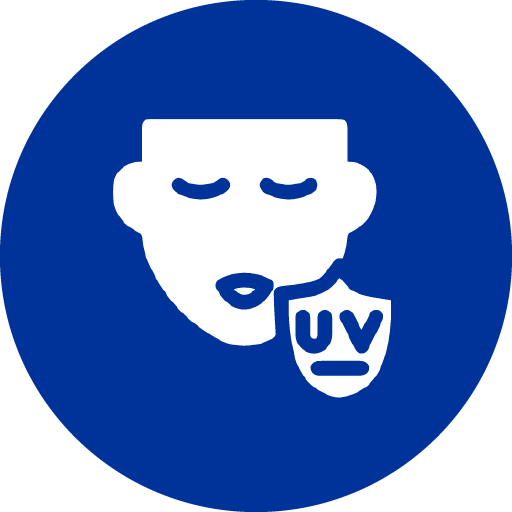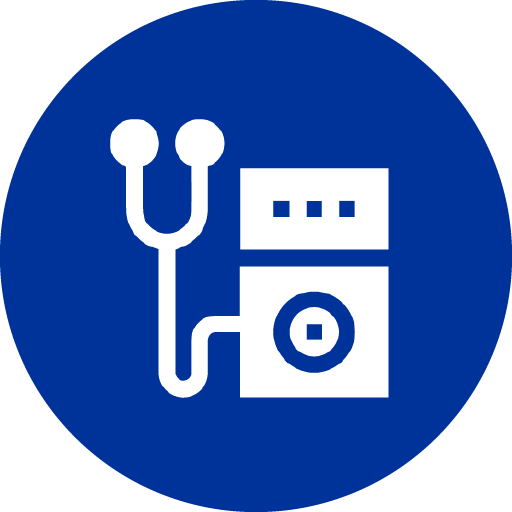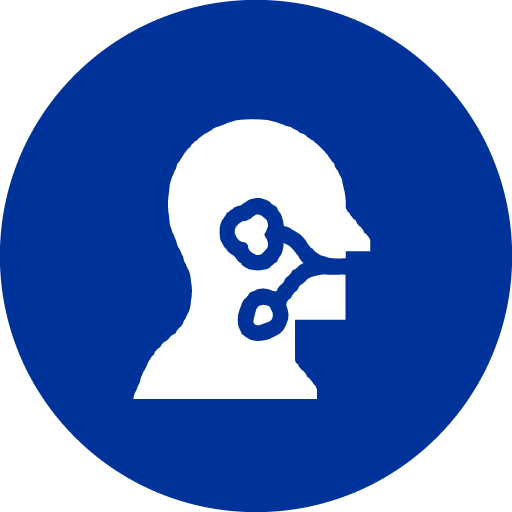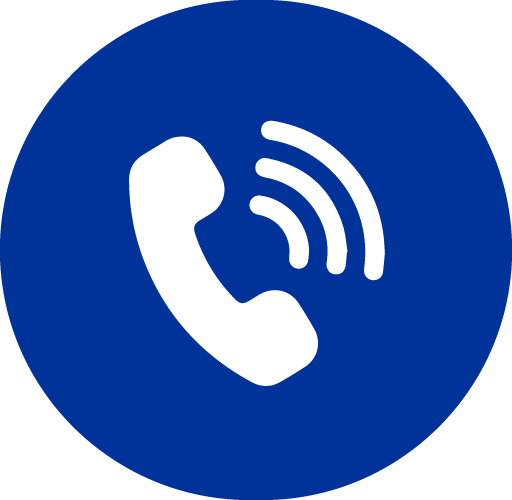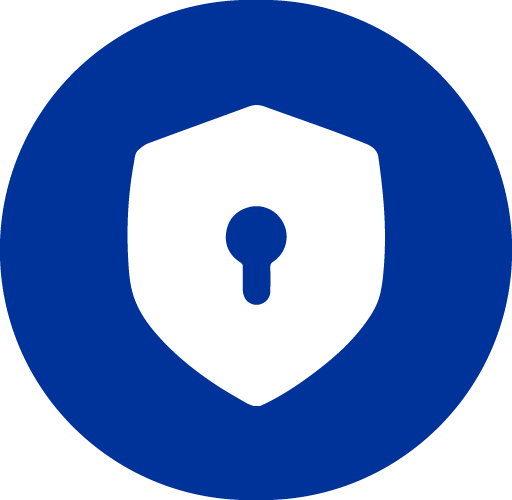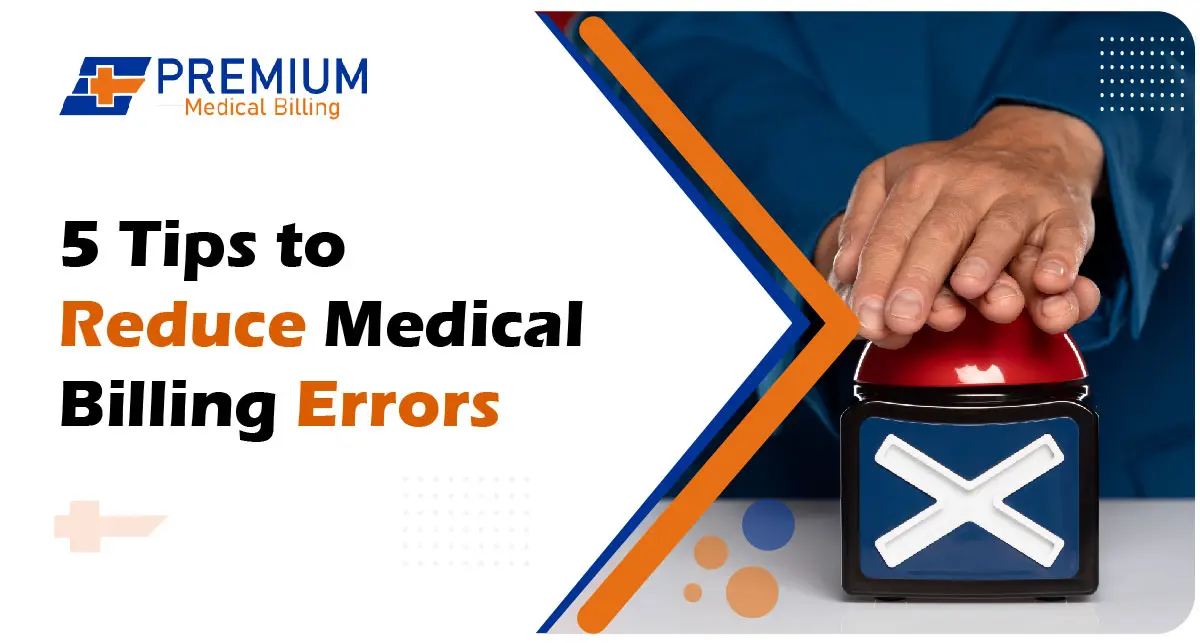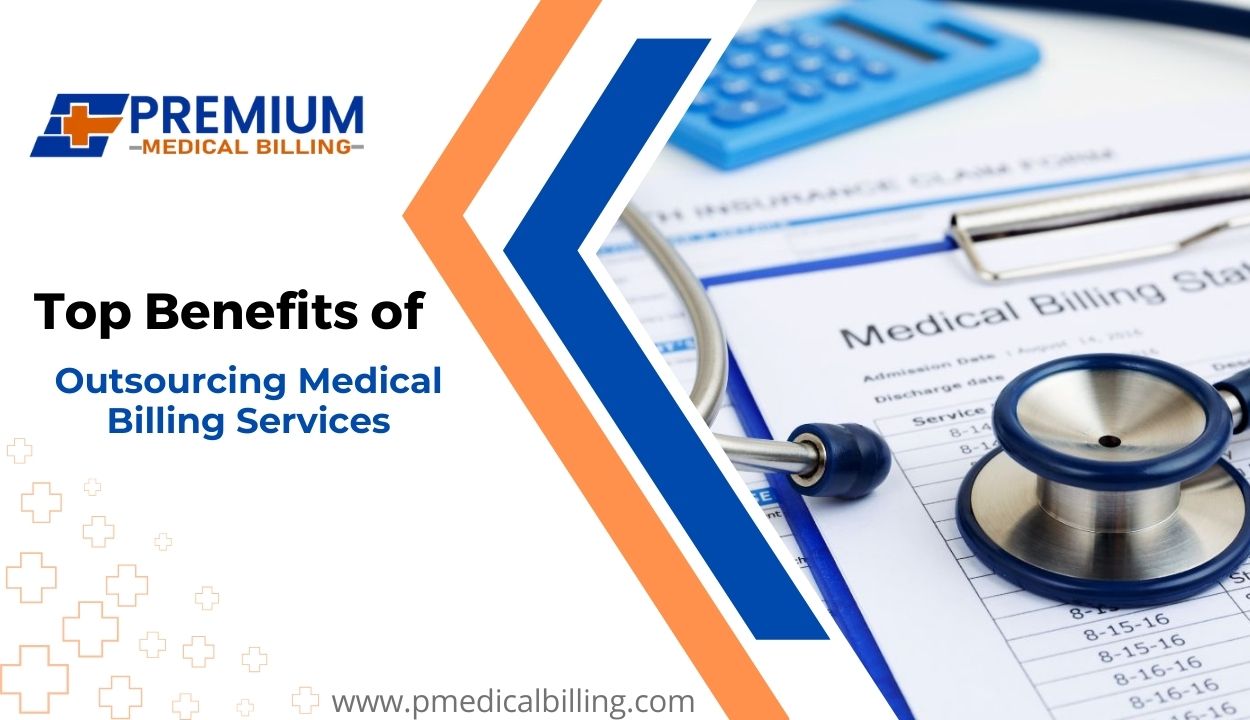5 Tips to Reduce Medical Billing Errors
The complexities in healthcare require extra efficient medical billing. It is essential for maintaining the cash flow, the business’s financial cycle, and quality patient care. However, medical billing errors can result in delays in payments, crucial denials, or other compliance issues.
All these hurdles directly affect practitioner’s revenue cycle and patient satisfaction. To optimize the billing process and reduce errors, healthcare providers must streamline their workflow and billing operations smoothly. This post will explore 5 key strategies, required to enhance medical billing efficiency.
1. Invest in Comprehensive Billing Training Programs
One of the fundamental pillars of error reduction in medical billing is investing in comprehensive training programs for billing staff. Medical billing involves intricate coding procedures and compliance regulations, which require specialized knowledge and skills. By providing thorough training on medical coding, billing procedures, and regulatory requirements, healthcare organizations can equip their staff with the necessary expertise to navigate the complexities of billing processes effectively.
The best key to reducing errors in medical billing is investing in comprehensive training programs for billing staff. Efficient medical billing companies usually focus more on trainings and staff enhancement. Medical billing comprises complex coding procedures and compliance regulations. To maintain these two aspects of medical billing it is important to have specialized knowledge and skills. By providing thorough training on medical coding, billing procedures, and regulatory requirements, healthcare organizations can equip their staff with the necessary expertise to navigate the complexities of billing processes efficiently with a well-trained staff.
Training programs should cover a range of essentials of medical billing, including:
- Medical coding systems (e.g. CD-10, CPT, HCPCS): Staff should be proficient in assigning accurate codes to diagnoses, procedures, and services depth out during patient encounters.
- Training on coding guidelines and conventions helps ensure consistency and precision in code selection. This approach ultimately reduces the risk of billing errors.
- Billing processes and documentation requirements: Often billing staff is aware of all billing procedures. But they must also be aware of the latest advancements that occur in the entire billing process and should remain updated. They must know patient registration and insurance verification till the process of claim submission and payment posting. They should emphasize the importance of thorough documentation and compliance with regulations.
- Compliance regulations: Healthcare providers must abide by the rules initiated by regulatory bodies like HIPAA, Stark Law, and others. They should fulfill the requirements of regulatory needs like patient privacy, fraudulent billing service, and abuse. Training staff on compliance regulations helps in resolving and rectifying billing errors and ensures accuracy in billing operations.
2. Implement Technology Solutions
In today’s digital age, technology plays a pivotal role in streamlining medical billing workflows and reducing errors. Healthcare providers can leverage advanced billing software and electronic health record (EHR) systems to automate tedious tasks, improve accuracy, and enhance productivity.
Billing software solutions offer a wide range of features and functionalities designed to optimize billing processes, including:
- Automated coding and charge capture: Billing software automates the coding process by suggesting appropriate codes based on documentation entered in the EHR system. This reduces the likelihood of coding errors and ensures accurate claim submissions
- Real-time claim validation: Advanced billing software systems incorporate built-in validation checks to identify errors and discrepancies in claims before submission. By detecting issues such as missing information or coding inconsistencies in real time, staff can address them promptly, preventing claim rejections and denials.
- Electronic claim submission and tracking: Electronic claim submission accelerates the billing cycle by transmitting claims electronically to insurance payers, eliminating the need for manual paper-based processes. Additionally, electronic claim tracking features allow staff to monitor the status of claims in real time, facilitating timely follow-up on outstanding payments.
- Integration with EHR systems: Seamless integration between billing software and EHR systems streamlines data entry and reduces duplication of effort. By syncing patient demographic information, clinical documentation, and billing data, staff can access comprehensive patient records and streamline the billing process.
By adopting technology solutions tailored to their specific needs, healthcare organizations can streamline their billing workflows, reduce administrative burden, and minimize the risk of errors in medical billing.
3. Conduct Regular Audits and Quality Assurance Checks
Regular audits and quality assurance checks are indispensable tools for identifying and addressing potential errors in medical billing processes. Healthcare providers should implement robust audit protocols to review claims, coding accuracy, reimbursement rates, and compliance with regulatory requirements.
Audits may encompass various aspects of the billing cycle, including:
- Claim accuracy and completeness: Auditors review submitted claims to ensure accuracy, completeness, and compliance with payer requirements. They verify that all necessary information, including patient demographics, diagnosis codes, procedure codes, and supporting documentation, is included before claim submission.
- Coding accuracy and compliance: Coding audits evaluate the accuracy and appropriateness of diagnosis and procedure codes assigned to patient encounters. Auditors compare coded information against clinical documentation to ensure alignment and compliance with coding guidelines and payer policies.
- Reimbursement analysis: Audits analyze reimbursement rates and payment trends to identify discrepancies, underpayments, or denials. By conducting reimbursement analysis, healthcare organizations can pinpoint areas for improvement and optimize revenue capture.
- Compliance with regulatory requirements: Audits assess compliance with healthcare regulations, such as HIPAA, Stark Law, and the Anti-Kickback Statute, to mitigate risks associated with fraud, abuse, and non-compliance.
Regular audits should be conducted by trained personnel or external auditing firms with expertise in medical billing and coding. Audit findings should be documented, analyzed, and used to implement corrective actions and process improvements. By proactively identifying and addressing billing errors, healthcare providers can enhance billing accuracy, mitigate compliance risks, and optimize revenue integrity.
4. Initiate User-Friendly Quick Dashboards:
Effective communication is essential for minimizing errors and promoting collaboration among stakeholders involved in the billing process. Healthcare providers should establish clear communication channels and promote open dialogue between billing staff, healthcare providers, administrative personnel, and third-party payers.
Key communication strategies include:
- Collaboration between billing and clinical teams: Encourage collaboration between billing staff and clinical teams to ensure accurate documentation and coding of patient encounters. By fostering communication and mutual understanding of billing and clinical workflows, healthcare organizations can reduce errors related to incomplete or inaccurate documentation.
- Transparent communication with patients: Educate patients about their financial responsibilities, insurance coverage, and billing processes to prevent misunderstandings and billing disputes. Clear communication regarding co-payments, deductibles, and out-of-pocket expenses helps patients make informed decisions and reduces billing-related inquiries and disputes.
- Timely communication with payers: Establish effective communication channels with insurance payers to address claim-related issues, resolve disputes, and expedite reimbursement. Proactive communication with payers regarding claim status, appeals, and reimbursement rates enhances the efficiency of the billing process and reduces payment delays.
By opting for transparent communication and collaboration among stakeholders, healthcare providers can minimize errors, improve efficiency, and enhance the overall patient experience.
5. Stay Informed About Regulatory Changes and Industry Best Practices
The healthcare landscape is constantly evolving, with changes in regulatory requirements, coding guidelines, and payer policies affecting medical billing practices. Healthcare providers must stay informed about regulatory changes and industry best practices to ensure compliance and minimize billing errors.
Key strategies for staying informed include
Continuous education and training:
Encourage billing staff to participate in continuing education programs, workshops, and professional conferences to stay updated on changes in healthcare regulations, coding guidelines, and industry trends. By investing in ongoing education, healthcare organizations can equip their staff with the knowledge and skills needed to adapt to regulatory changes and best practices.
Subscription to industry publications and newsletters:
Subscribe to reputable industry publications, newsletters, and online forums that provide updates on regulatory changes, coding updates, and reimbursement trends. Access to timely information and expert insights enables healthcare providers to proactively address emerging issues and implement necessary changes in billing practices.
Pro Tip: Participation in professional associations and networking groups
Join professional associations and networking groups dedicated to medical billing, coding, and revenue cycle management. Engaging with peers and industry experts through networking events, webinars, and conferences facilitates knowledge sharing, collaboration, and peer-to-peer support.
By staying informed about regulatory changes and industry best practices, healthcare providers can adapt their billing processes accordingly, minimize compliance risks






